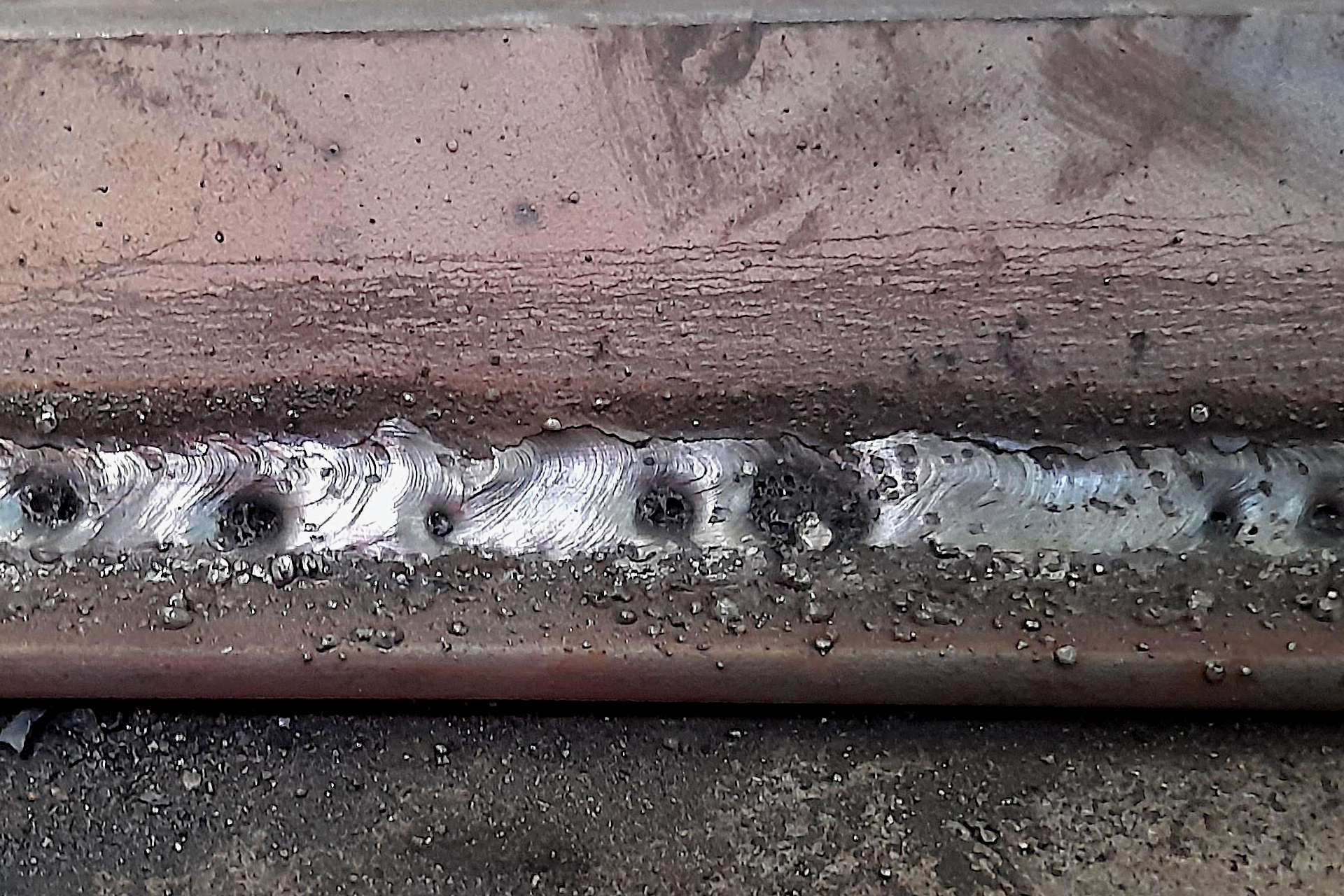How to Avoid Weld Undercut: Essential Tips for Welders
How to Avoid Weld Undercut: Essential Tips for Welders
Blog Article
Grasping the Art of Welding: Exactly How to Prevent Undercut Welding Issues for Flawless Manufacture Results
Efficiency and precision are paramount in the globe of welding, where even the tiniest imperfection can compromise the structural stability of a fabricated piece. One common challenge that welders face is undercutting, a flaw that can weaken a weld joint and lead to expensive rework. By recognizing the root triggers of undercut welding and applying effective methods to stop it, welders can elevate their craft to new levels of excellence (Preventing weld undercut). In the quest of remarkable fabrication results, grasping the art of welding to prevent undercut concerns is not simply an ability yet a necessity for those striving for perfection in their work.
Comprehending Undercut Welding

To stop undercut welding, welders should make sure proper welding specifications, such as adjusting the present, voltage, traveling speed, and preserving the proper electrode angle. Additionally, utilizing the ideal welding technique for the certain joint configuration is vital. Using weaving motions or backstepping methods can aid ensure appropriate weld steel deposition and reduce the possibility of undercut development. Normal inspection of welds during and after the welding process is likewise critical to catch any type of undercut early and make needed changes to avoid additional flaws. Preventing weld undercut. By recognizing the reasons for undercut welding and implementing precautionary procedures, welders can attain high-grade, structurally sound welds.
Reasons of Undercut in Welding
Recognizing the aspects that add to undercut in welding is crucial for welders to generate high-quality, structurally audio welds. Damaging happens when the weld metal does not correctly fill the groove formed in between the base steel and the formerly deposited weld steel. Numerous variables can cause undercut in welding. One common reason is extreme heat input. Welding at heats for extensive durations can result in the base steel thawing greater than wanted, causing undercut. Poor welding present or incorrect welding speed can additionally add to damage. Inadequate current may not give sufficient warmth to melt the base and filler metals adequately, while extreme speed can protect against appropriate blend, triggering undercut. In addition, incorrect electrode angles or incorrect lantern manipulation methods can create locations of reduced weld metal deposition, advertising undercut. Understanding these reasons and implementing correct welding techniques can assist prevent undercutting concerns, making sure solid and resilient welds.
Methods to Stop Undercutting

To reduce the danger of damaging in welding, welders can use strategic welding techniques aimed at improving the high quality and honesty of the weld joints. One reliable look at here approach is to readjust the welding criteria, such as voltage, existing, and take a trip rate, to ensure proper heat input and deposition. Maintaining a suitable electrode angle and guaranteeing constant travel speed can also help prevent undercut. Additionally, using the correct welding technique for the specific joint configuration, such as weave or stringer grains, can add to lowering damaging. Preventing weld undercut.
In addition, correct joint preparation, including making certain tidy base materials without contaminants and making use of the proper welding consumables, is important in avoiding undercut issues. Using back-step welding techniques and controlling the weld grain profile can additionally assist distribute warmth uniformly and minimize the threat of undercut. Regular inspection of the weld joint throughout and after welding, as well as applying quality control steps, can assist in discovering see this site and attending to undercutting issues without delay. By implementing these techniques carefully, welders can accomplish remarkable fabrication results with marginal undercut problems.
Importance of Appropriate Welding Specifications
Selecting and preserving ideal welding parameters is vital for accomplishing effective welds with marginal defects. Welding specifications refer to variables such as voltage, existing, travel rate, electrode angle, and securing gas circulation rate that directly impact the welding process. These specifications need to be meticulously readjusted based upon the kind of material being welded, its thickness, and the welding technique employed.
Proper welding parameters guarantee the correct amount of warm is put on melt the base metals and filler material uniformly. If the parameters are set expensive, it can lead to excessive warmth input, creating burn-through, spatter, or distortion. On the various other hand, if the specifications are as well low, insufficient blend, absence of penetration, or undercutting may take place.
Quality Guarantee in Welding Procedures

Final Thought
To conclude, mastering the art of welding calls for a complete understanding of undercut welding, its causes, and techniques to avoid it. By making sure proper welding criteria and executing quality go control methods, flawless manufacture results can be achieved. It is necessary for welders to regularly pursue quality in their welding operations to prevent undercut issues and create top quality welds.
Undercut welding, an usual problem in welding procedures, occurs when the weld steel doesn't appropriately fill the groove and leaves a groove or depression along the welded joint.To stop undercut welding, welders should make sure proper welding specifications, such as readjusting the current, voltage, traveling rate, and preserving the right electrode angle. Inadequate welding incorrect or present welding rate can also contribute to damage.To mitigate the risk of damaging in welding, welders can use tactical welding methods intended at boosting the quality and stability of the weld joints.In verdict, mastering the art of welding requires a complete understanding of undercut welding, its reasons, and techniques to prevent it.
Report this page